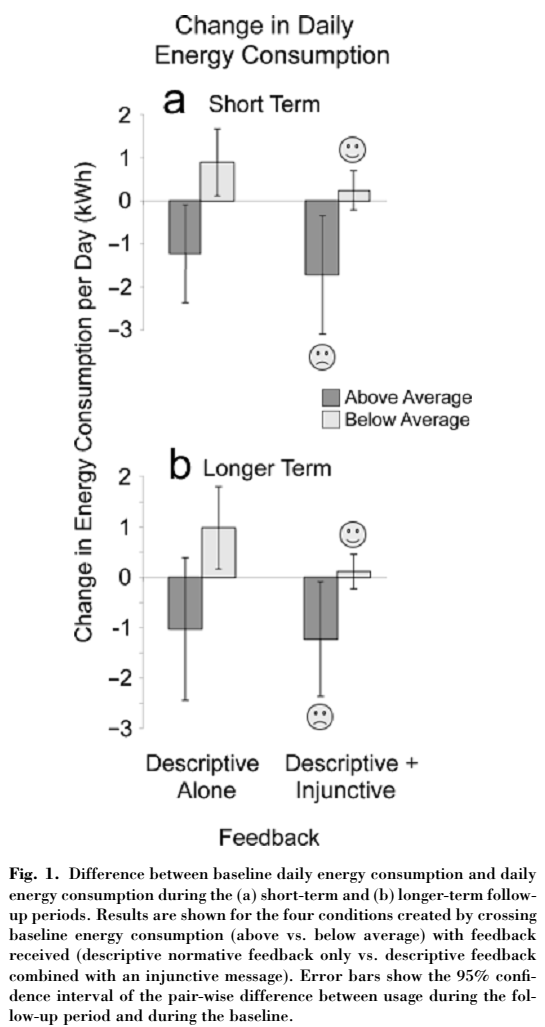Using Social Norms to Motivate Environmental Conservation
A Room with a Viewpoint: Using Social Norms to Motivate Environmental Conservation in Hotels Noah J. Goldstein Robert B. Cialdini Vladas Griskevicius* Published by: The University of Chicago Press Article DOI: 10.1086/586910 Stable URL: http://www.jstor.org/stable/10.1086/586910 Elektronik diterbitkan 3 Maret 2008 di unduh: http://www.jstor.org/stable/10.1086/586910#mobileBookmark 21 sept 2014 aslinya ada di http://www.jstor.org/stable/10.1086/586910 Goldstein, N. J., Cialdini, R. B., & Griskevicius, V. (2008). A room with a viewpoint: Using social norms to motivate environmental conservation in hotels.Journal of consumer Research, 35(3), 472-482. Two field experiments examined the effectiveness of signs requesting hotel guests’ participation in an environmental conservation program. Appeals employing descriptive norms (e.g., “the majority of guests reuse their towels”) proved superior to a traditional appeal widely used by hotels that focused solely on envir...





